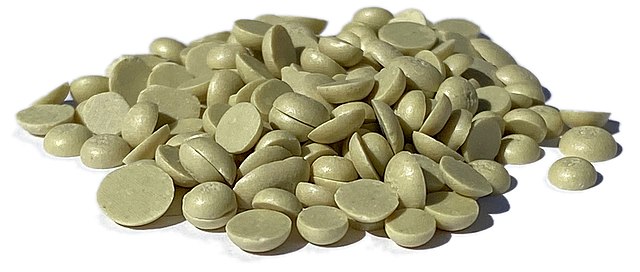Argentina’s wheat lots in the core area have a good present. The Rosario Stock Exchange (BCR) reported that there are no regular negative factors and that the projections are positive.
“The condition of wheat in the core region improved significantly: 12% of the area is excellent, 80% is very good and 8% is good,” the BCR reported. The producers are excited to see the fields and maintain that they are “for the photo.” They point out that the comparison with the last campaign seems incredible.
However, the problem now is not water, but fertilizers. Wheat points to good yields, but the lack of inputs can cut projections. “If not applied, the performance potential of the region would fall between 10 and 15 qq (quintals)/ha,” the technicians detailed.
The rains at the end of May allowed good planting of wheat. In July, rainfall affirmed good conditions and growth saturation.
“The postcard of the field at the moment is beautiful. The wheat lots are for the photo. We haven’t seen this for a long time,” said an agronomist from El Trébol.
The report highlighted that this year the crop is a little more advanced than last year’s. “80% of the lots are starting to macollage (flourish), 15% are emitting leaves and only 5% are emerging,” the BCR said.
At this point last year; the wheat was “derailed” by the drought and the low temperatures. On the same date, 10% were still emerging, 45% of the seedlings were issuing sheets and 45% starting sprouting.
This campaign, the situation is different. In Bombal, they point out that this week’s cool temperatures are good for cultivation. They maintain that in the future it will help the grain to macollar with greater success.
Wheat in danger
“If the fertilizations are not completed, the potential yield may be limited and fall from 10 to 15 qq/ha,” the technicians said. In recent years, wheat with high-tech application yielded up to 55 quintals per hectare.
The projections for this year are 40 quintals, if the investment is maintained. If the cereals are not fertilized, the yield will fall.
“For example, in Bigand, crops that complete fertilization can reach 40 qq/ha, but those which cannot do so are normally limited to 20 to 25 qq/ha. In San Pedro and Baradero, thanks to the last 100 millimeters of rain, the harvest is almost assured; the limitation is fertilization,” the BCR report explained.
“There is availability, but the price is high,” commented some producers looking for urea, while in other areas they said: “It is very difficult to be able to get urea and also the price is constantly increasing.”
Fertilizer prices go up and at other times they are simply not available. This combo could put the campaign in check if farmers don’t find a solution. The joy for the good situation of the wheat could be therefore ruined by the lack of urea.
Source: news.agrofy.com.ar
